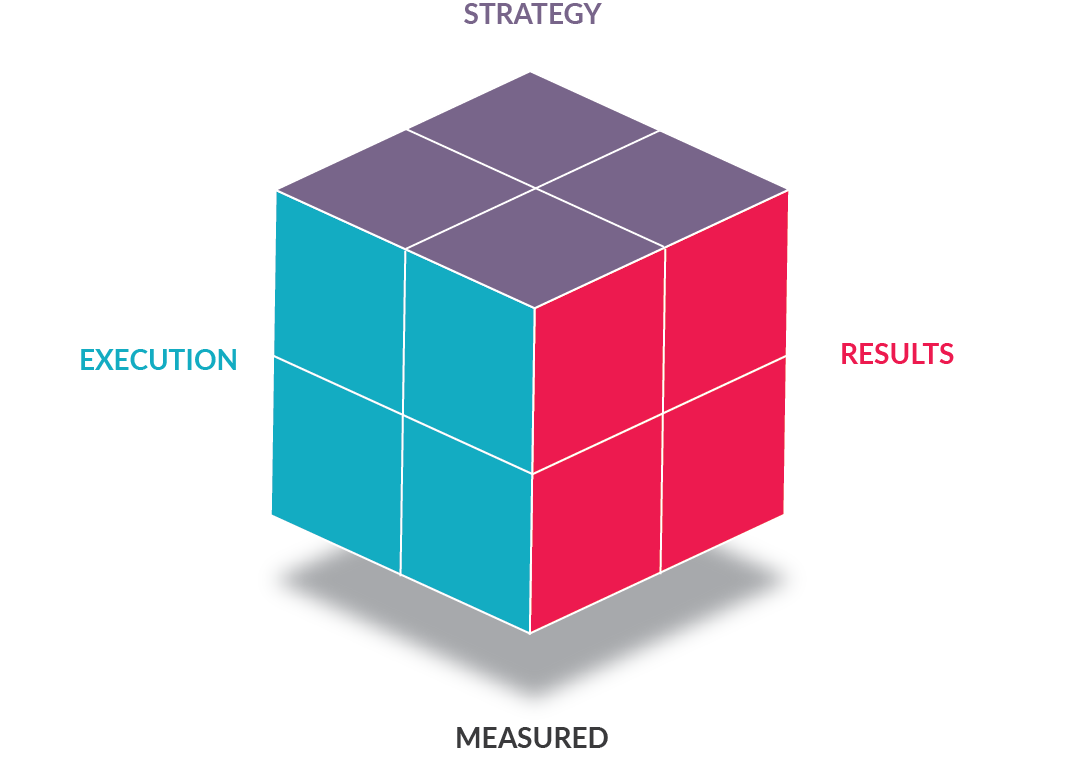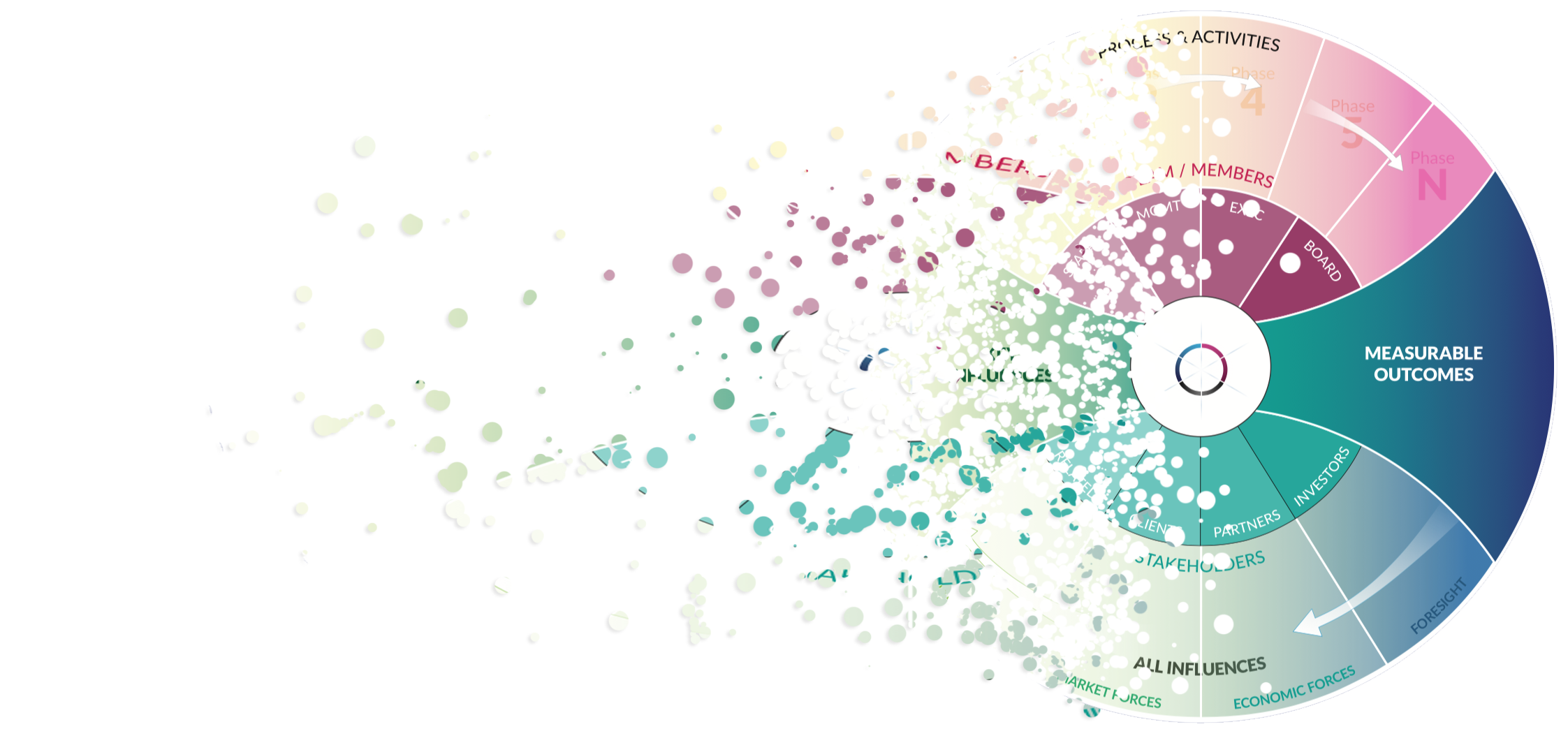A weak definition of strategy.
People throw the word strategy around a lot. Some organizations spend a lot of time and money building strategies. A lot of people hate the idea of strategy because it ends up being a laundry list of wishes and goals.
Strategy, and strategic planning, is not a simple definition. It's a design process, it's a continuous proces of prioritization and evaluation. And the element that is often missing from the definition is the leverage - the logic that articulates why and how your team is capable of addressing the problem.
What is it about one set of actions versus another that will help you achieve your intended results? What is that your team has the power to influence, in context of all of the internal and external forces pushing against you, that will have the biggest impact on your objectives?







